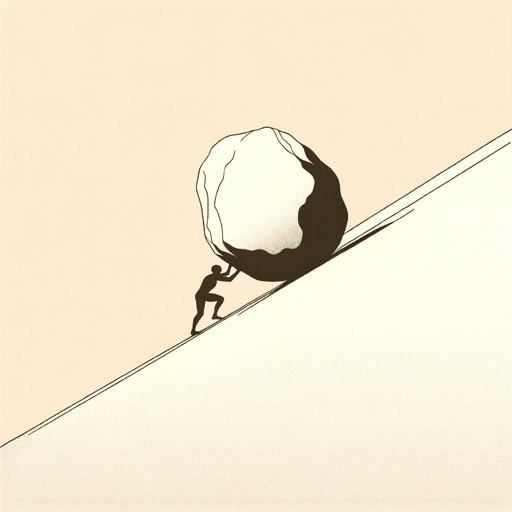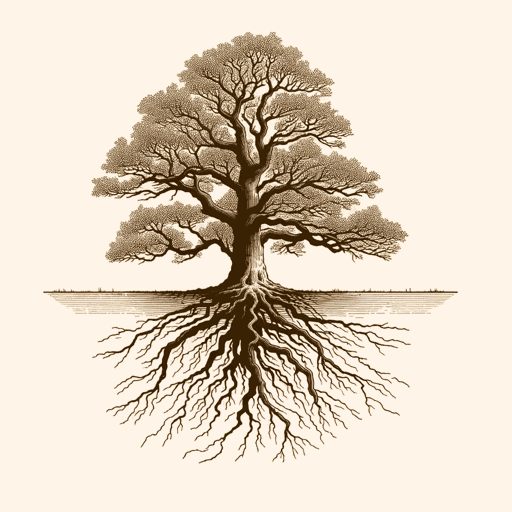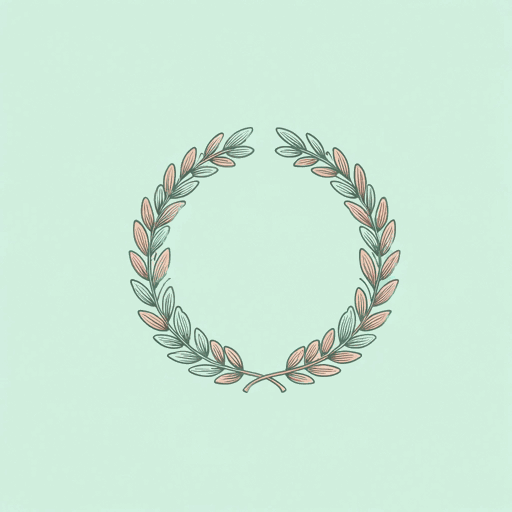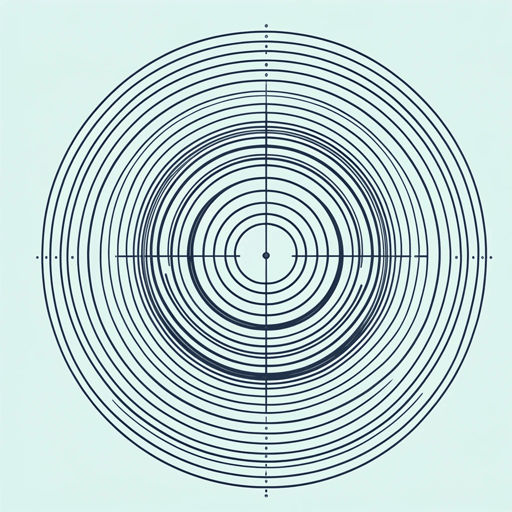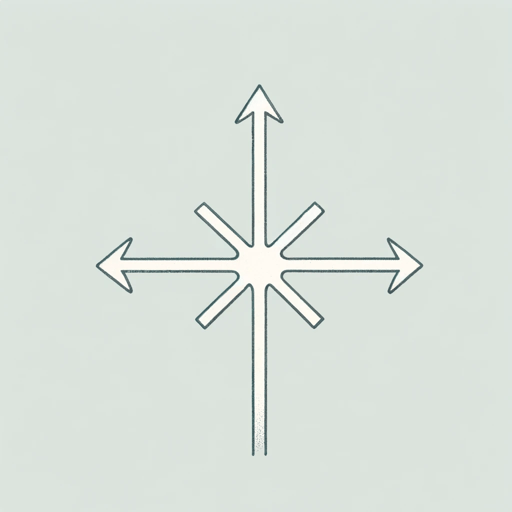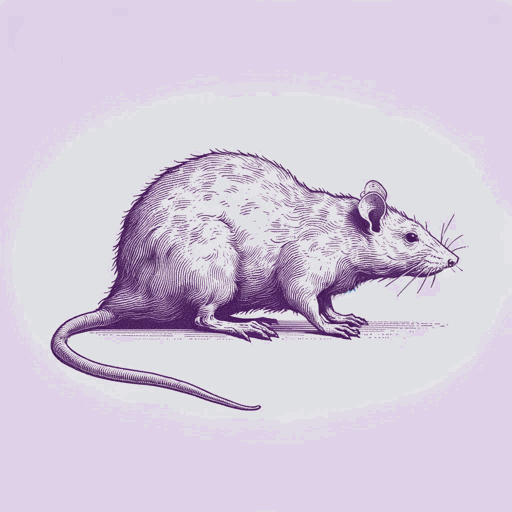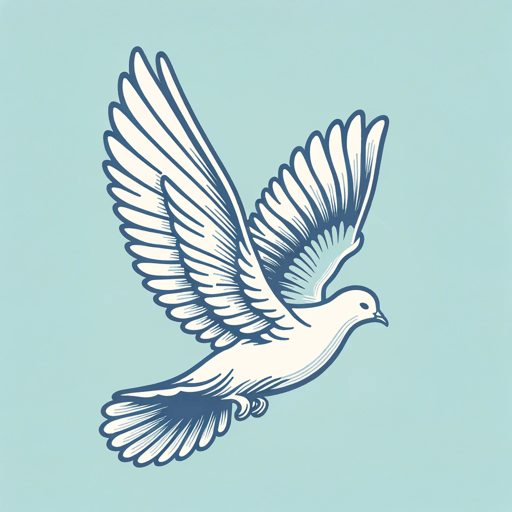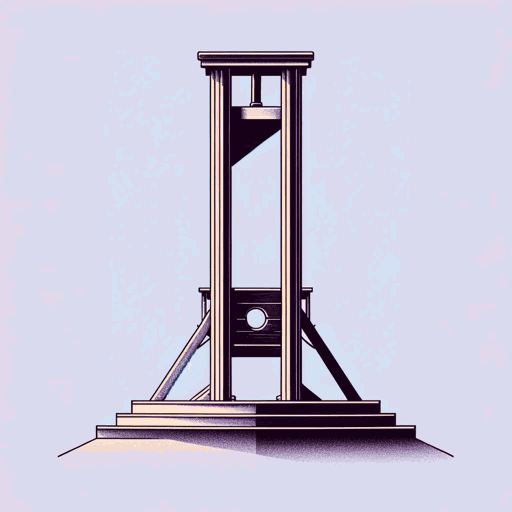47 pages • 1 hour read
Albert CamusThe Myth of Sisyphus
Nonfiction | Essay / Speech | Adult | Published in 1942A modern alternative to SparkNotes and CliffsNotes, SuperSummary offers high-quality Study Guides with detailed chapter summaries and analysis of major themes, characters, and more.
Parts 3-4Chapter Summaries & Analyses
Part 3: “Absurd Creation”
Part 3, Section 1 Summary: “Philosophy and Fiction”
Living daily with the absurd can be stressful; the creative arts are a joyful way to relieve that stress while expressing absurdity. For the artist struck by absurdity, art becomes focused not on explanations but on descriptions of the endless ways in which the absurd manifests in life.
Art isn’t a therapy for absurdity but a symptom of it. Great art begins in thought, then veers off into the emotions. Art doesn’t pretentiously explain a theory but gives a human example. Thought is secondary; experience is primary. Music is the purest version of this, yet it, too, expresses thought in the mathematics of its rhythms.
The temptation to teach an intellectual lesson is greatest in fiction writing. The question is whether the absurd can stand up to that temptation. The best fiction writers are “philosophical novelists” who express their ideas “in images rather than in reasoned arguments” (101). Those who write about the absurd, however, often retreat from the challenge, finding refuge in hopeful and illusory conclusions.
Part 3, Section 2 Summary: “Kirilov”
Nineteenth-century author Fyodor Dostoevsky was ahead of his time in considering suicide as an appropriate response to the meaningless absurdity of life. In one of his novels, the character Kirilov decides to kill himself as a protest against a godless universe.
Related Titles
By Albert Camus
